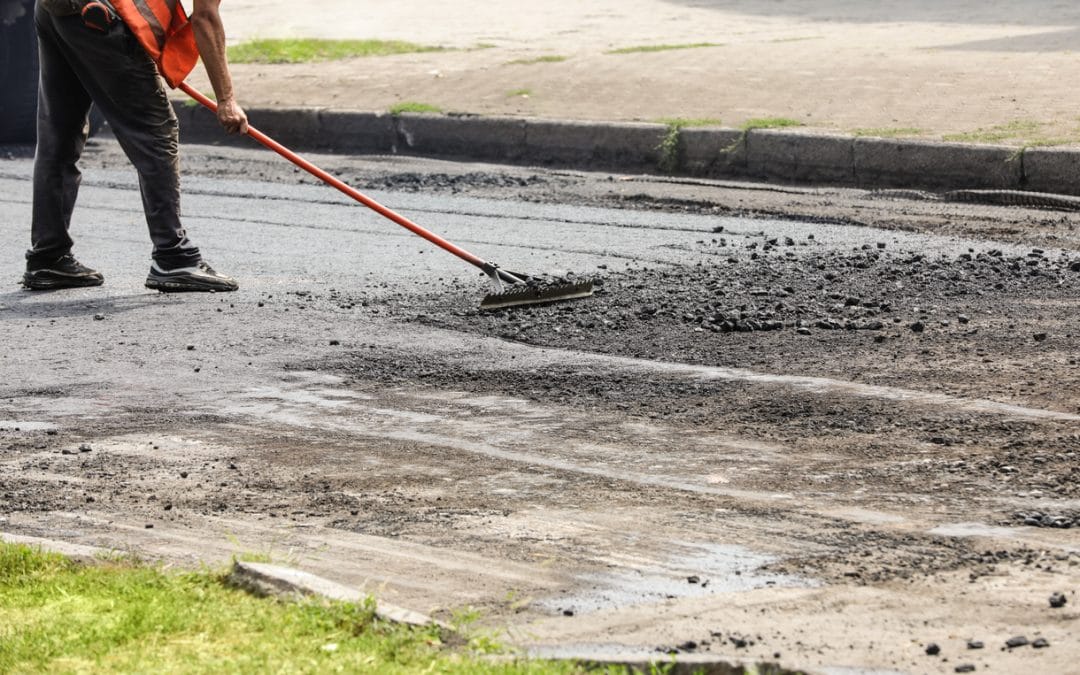Driveways don’t last forever, and after years of supporting your car and weathering the elements, they can start showing signs of wear and tear. If your once-smooth asphalt driveway has turned into a patchy, cracked mess, it might be time for asphalt resurfacing. Resurfacing is a smart, cost-effective way to give your driveway a new lease on life without the cost of a full replacement. But how do you know when your asphalt needs a refresh? Let’s look at some telltale signs that it’s time to consider asphalt resurfacing.
Cracks Are Spreading Across the Surface
One of the most obvious signs that your driveway needs attention is the presence of multiple cracks. Now, small cracks here and there are normal and can often be repaired without too much trouble. However, if you’re starting to see cracks spread like spiderwebs across the entire surface, it’s a sign that the structural integrity of your asphalt is being compromised. When these cracks start linking together, they allow water to seep underneath the surface, which can cause even more damage over time. Resurfacing can seal these cracks and provide a fresh layer that strengthens the overall structure.
Potholes Are Popping Up
If you’re dodging potholes every time you pull in or out of your driveway, it’s definitely time for a refresh. Potholes not only look unsightly but can also do a number on your car’s tires and suspension. They form when water infiltrates cracks, leading to erosion beneath the asphalt and eventually causing chunks to break away. Resurfacing can help fill in these potholes and create a smooth, safe driving surface again. Unlike patch repairs, which are often temporary fixes, resurfacing addresses the root of the problem and prevents potholes from reoccurring.
The Surface Looks Faded and Worn
Beyond cracks and potholes, if your asphalt just looks tired—faded, worn, or uneven—it’s a good sign that resurfacing is in order. Over time, exposure to sunlight, rain, and chemicals can wear down the top layer of asphalt, leaving it looking rough and discolored. Resurfacing applies a fresh layer of asphalt on top of the existing one, instantly improving its appearance and restoring that rich black color that makes your driveway look brand new. Plus, a fresh surface can improve your property’s curb appeal, which is always a bonus.
Water Is Pooling in Certain Spots
Drainage issues are another indication that your asphalt could use some work. If you notice that water tends to pool in certain areas of your driveway after a rain, it means the surface has become uneven. Standing water is a problem because it can seep into cracks, leading to further damage and erosion. Resurfacing helps to level out the surface, ensuring that water flows off properly and doesn’t get the chance to cause more damage.
If any of these signs sound familiar, it might be time to consider giving your driveway a fresh new look with asphalt resurfacing. For more information or to schedule an estimate, visit Armor Asphalt. They offer a range of services, including asphalt resurfacing and asphalt repair to keep your surfaces looking their best and performing well for years to come.

